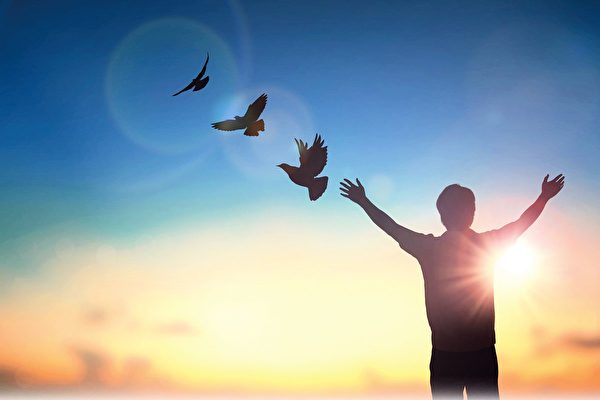Many people know that money is not everything when it comes to emotional happiness. But that doesn’t stop people from seeking material satisfaction in the hope of finding happiness. But is this really the case? Let’s take a look at the stories of several Americans.
The world is full of temptations, with stores offering a plethora of products and the media filled with reports on various luxury brands, enticing people’s shopping desires, especially for the younger generation. Some have splurged on luxury items they once admired or desired, either to show off their status or to fulfill their dreams of a luxurious lifestyle. However, as time passes, what do these once coveted and flauntable possessions bring to them?
Readers of The Wall Street Journal shared their stories of buying expensive items only to be disappointed in the end, providing some valuable advice for the younger generation.
In 1984, Bryan Desloge became a new employee at IBM with a salary of $18,000. To fulfill his dream, he spent over $7,000 to buy a Rolex Submariner watch. Now 64 years old and retired, Desloge admitted that his younger self saw the stainless steel watch as a symbol of status. However, two years after purchasing the Rolex, he realized that the watch was not practical. Desloge later tried to give the Rolex to his son, but was rejected. The watch remains unused, while he now uses a $500 Garmin smartwatch.
Pam Starr, 63, is a California wine merchant. A few years ago, she visited a fashion designer in San Francisco and spent $1,800 on a sheer swimsuit cover-up and another $1,800 on a three-quarter sleeve off-the-shoulder silk blouse. She mentioned that out of the 15 custom-made clothes for herself, only 3 were to her liking, yet they cost her over $20,000.
Starr said that if she could go back in time, she would tell herself, “Listen, Pam. Choose two (clothes) to start with. If you like them, you can expand to other things.” Furthermore, she would pause to ask herself how often she actually wore those clothes.
Michael Kotas and his wife spent $120,000 on a mountain vacation cabin overlooking Tucson, Arizona, but unfortunately, the small house needed extensive renovations. Kotas, in his 60s, who worked in technical sales, spent $60,000 to upgrade the cabin, and their financial woes were far from over.
After retiring from an ophthalmology career, Gordon Preecs bought a large pickup truck in 2013 and a 22-foot travel trailer in 2017, dreaming with his wife of traveling to national parks across the country. The new vehicles cost about $50,000 in total. Three years after purchasing the trailer, Preecs and his wife moved to Texas and felt the financial strain of having a recreational vehicle. In 2020, they sold the trailer and pickup with under 5,000 miles for a total price of $32,000 and used that money to buy a Tesla.
The relationship between material wealth and human happiness is a topic that academia and the intellectual community have long debated. In today’s consumer-driven society, many people feel that material satisfaction brings happiness, but numerous examples prove that even happiness can be short-lived.
The bestselling book “Unshakeable” by wealth expert Anthony Robbins emphasizes the importance of a grateful heart in achieving wealth, echoing the same conclusion as Ken Honda’s “Happy Money.”
Warren Buffett, considered the world’s most successful investor, leads a very modest life in Omaha. His son Peter believes that having a safe, loving, and open family is life’s greatest wealth. He feels that his father’s wealth should be given back to the world.
In Omaha, those who invested early in Buffett’s company are now millionaires. Yet, in the country clubs of Omaha, there are no Audis or any other luxury cars in the parking lot; everything is very low-key.
Former ABC News anchor Dan Harris recently said in his podcast, “Ten Percent Happier with Dan Harris,” that the fastest and simplest way to happiness is to be generous.
In 2017, a study published in “Nature Communication” showed that out of 50 participants who received $100 in cash, half were asked to spend it on themselves, while the other half were asked to spend it on others. The results indicated that those who spent the money on others experienced stronger feelings of happiness.

